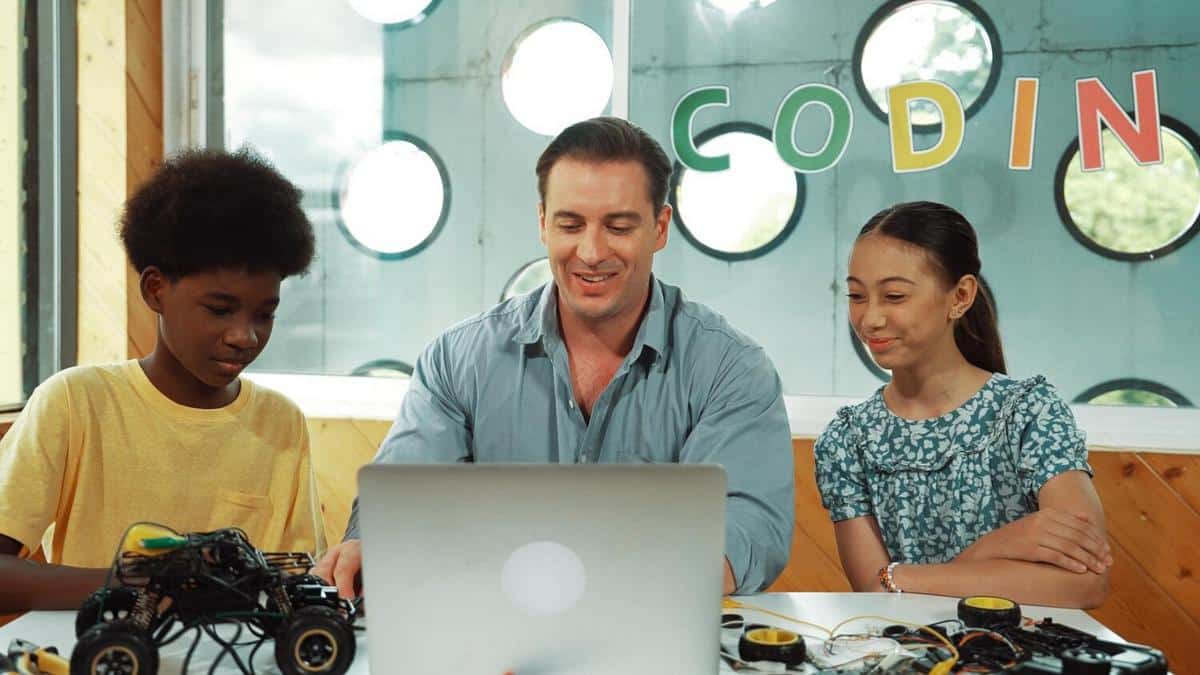
Using AI to Bridge Educational Inequality Gaps
Education is often hailed as the great equalizer, yet disparities in access and resources continue to widen the gap between students from different socio-economic backgrounds. The advent of artificial intelligence (AI) offers a promising avenue to address these inequalities, providing tools and techniques that can help level the educational playing field.
The potential of AI in bridging educational inequality is immense. According to a report by UNESCO, over 260 million children are out of school globally, with many more receiving subpar education due to a lack of resources. AI can play a crucial role in addressing these challenges by personalizing learning experiences and offering adaptive learning technologies. These technologies tailor educational content to the unique needs of each student, ensuring that all learners, regardless of their background, receive the attention they need.
Expert Insights on AI in Education
Dr. Anant Agarwal, CEO of an online learning platform, emphasizes that AI can democratize education by providing access to quality resources that were previously unavailable to underserved communities. He notes that AI’s ability to analyze vast amounts of data allows educators to identify and address learning gaps more effectively.
Statistics Highlighting the Impact of AI
A study from the Brookings Institution found that AI-driven educational tools increased student performance by 30% in schools that implemented them. This improvement is attributed to AI’s ability to provide real-time feedback and customized learning paths, which can significantly enhance student engagement and understanding.
Real-World Examples
Consider the case of a school district in rural India that implemented AI tutoring systems to support students in math and science. The district saw a remarkable improvement in test scores, with students averaging a 20% increase in their grades. This example highlights the potential for AI to transform education in areas lacking traditional educational resources.
Actionable Tips for Educators
- Start small by integrating AI tools into existing curricula to supplement traditional teaching methods.
- Encourage collaborative projects that allow students to engage with AI in a hands-on manner.
- Regularly assess the effectiveness of AI tools and make adjustments as needed to optimize learning outcomes.
Comparison of AI Tools for Education
| Tool | Features | Potential Impact |
|---|---|---|
| Adaptive Learning Platforms | Personalizes content | Increases engagement |
| AI Tutors | Provides real-time feedback | Improves performance |
| Automated Grading | Reduces teacher workload | Allows focus on teaching |
| Virtual Classrooms | Remote learning capabilities | Expands access |
| Language Processing Tools | Language translation | Facilitates multilingual education |
| Predictive Analytics | Identifies learning gaps | Targets interventions |
| Gamified Learning Apps | Interactive content | Makes learning fun |
| AI-Driven Analytics | Tracks progress | Informs strategies |
Utilize AI tools to identify students who might need extra help, allowing educators to target interventions more effectively.
Frequently Asked Questions
How can AI help in reducing educational inequality?
AI offers personalized learning experiences and provides access to quality educational resources, which can help bridge the gap for underserved students.
Are there any limitations to using AI in education?
While AI can significantly enhance learning, it cannot replace the human touch and guidance that educators provide. It should be used as a supplement, not a substitute.
In conclusion, using AI to bridge educational inequality gaps is not merely a technological advancement but a necessary step towards a more equitable future. By leveraging AI, educators can provide tailored learning experiences that meet the diverse needs of all students, ensuring that no learner is left behind. As we embrace these new tools, it’s crucial to continue evaluating their impact and making informed decisions to maximize their benefits.


